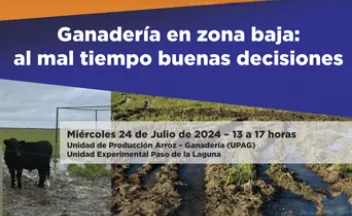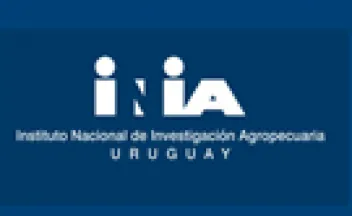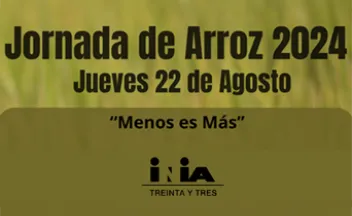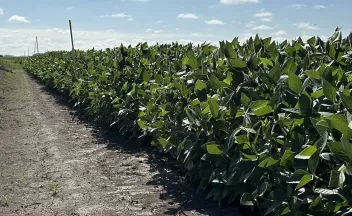¿Fertilizar el campo natural con fósforo.
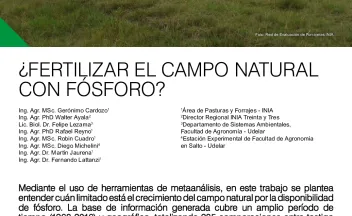
Mediante el uso de herramientas de metaanálisis, en este trabajo se plantea entender cuán limitado está el crecimiento del campo natural por la disponibilidad de fósforo. La base de información generada cubre un amplio período de tiempo (1968-2016) y geográfico, totalizando 285 comparaciones entre testigo sin fertilizante y tratamiento de fertilización.

